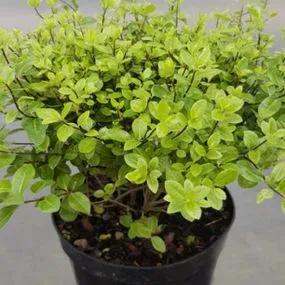Order Potted Ornamental Shrubs Now For Spring Delivery
These woody garden shrubs are more often planted as ornamental specimens or decorative hedging and low edging within your garden than as serious boundary and privacy hedging for the perimeter.
- Order now, pay later: we don't charge your card until before delivery
- When your order is ready: your mail order shrubs are delivered by next working day courier
- Friendly support: if there is anything wrong with your plants when you inspect them, Contact Us within 5 working days
- UK Grown: using peat free compost
Delivery Prices
A typical delivery charge for potted shrubs is £8 to £15, depending on the order size, if there are no larger plants like trees in the order as well.
Delivery is calculated automatically during checkout after you enter your delivery address.
Delivery Season
Most ornamental shrubs are delivered year round.
The smallest shrubs, in P9 pots, are best planted out into open soil in Spring.
Later in the year, we recommend planting out larger, stronger plants, or potting up P9s for planting the following Spring
Choosing a pot size
- For containers and where instant impact is not a priority, starting with the smallest plants in P9 pots is the cheapest option.
- To save time, use larger plants in 2 or 3 litre pots.
How many plants per metre?
This varies by plant and purpose, but as a starting point for most plants:
Ornamental hedges: 2 plants per metre along a row is a common default for ornamental hedges.
Ornamental shrub border: 1 metre between plants
What Are Ornamental Shrubs?
And how do ornamental shrubs differ from hedging plants? A stroll through any area with nice front gardens will showcase many of these lovely shrubs as hedges of some kind, so it's really a matter of preference and budget.
Growing Ornamental Shrubs
Each shrub has specific needs for sunlight, soil, watering, and pruning, which is all detailed on each plant's page.
We only sell shrubs that are hardy in the UK.
Planting Ornamental Shrubs
- Choose a suitable location for the plant: check it's the "right plant, right place"
- Plant in well-worked soil, ideally from Spring through early Autumn
- For containers, use a well-draining potting mix with appropriate pH
Shrub Care
- Pruning maintains shape and promote healthy growth
- Water deeply but not daily to encourage deep root growth
- Apply mulch to retain moisture and suppress weeds
- Fertilize as needed: mulch is enough for most shrubs
Ornamental Shrubs In The Garden
Ornamental shrubs are versatile plants that can fill borders cost effectively, make luxury hedging, act as focal points that provide structure and year-round interest.
- Formal evergreen shrubs include Boxwood and Pittosporum
- Cottage garden favourites include Lavender and Hydrangeas




 1.webp)
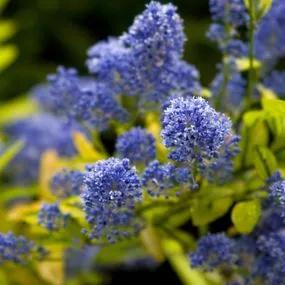
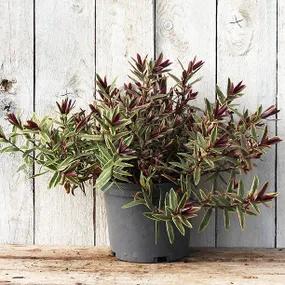
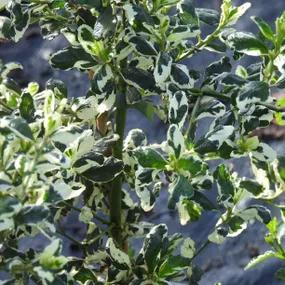
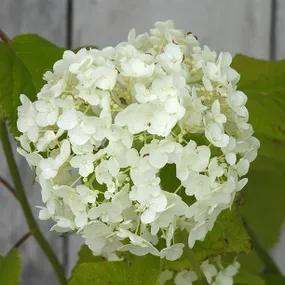
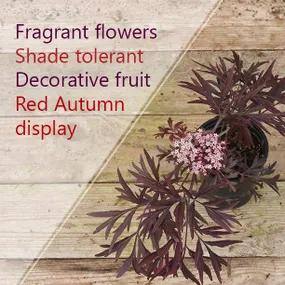

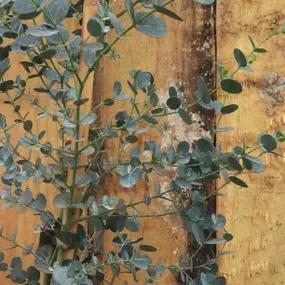

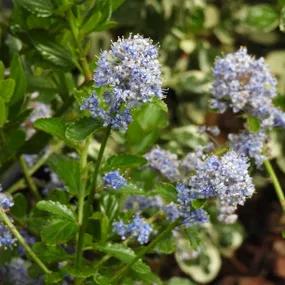

 Img 1.webp)
 1.webp)
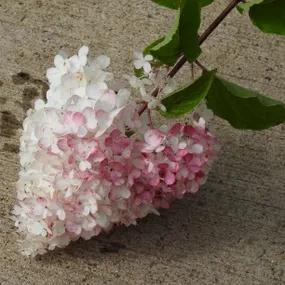
 1.webp)
